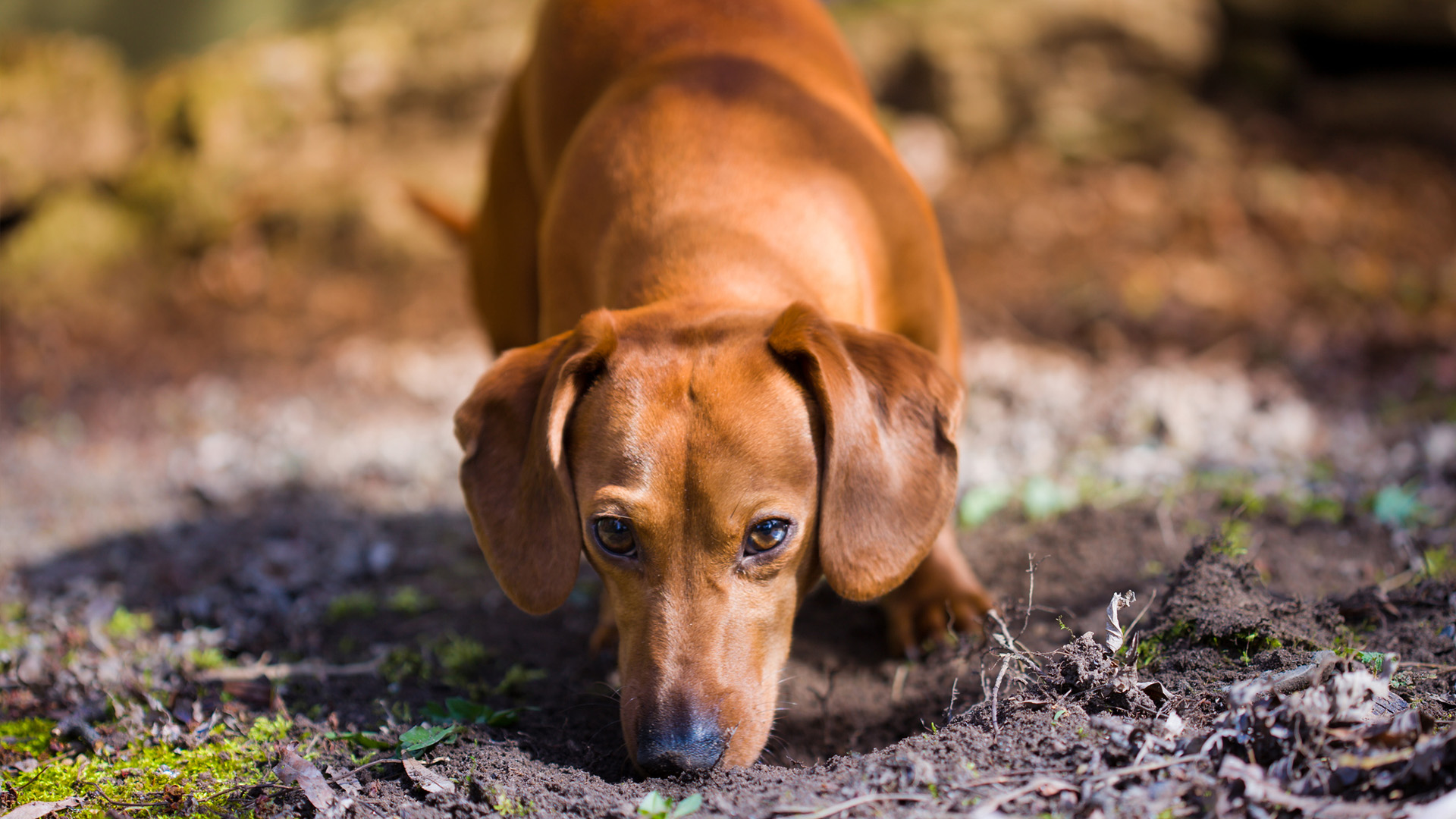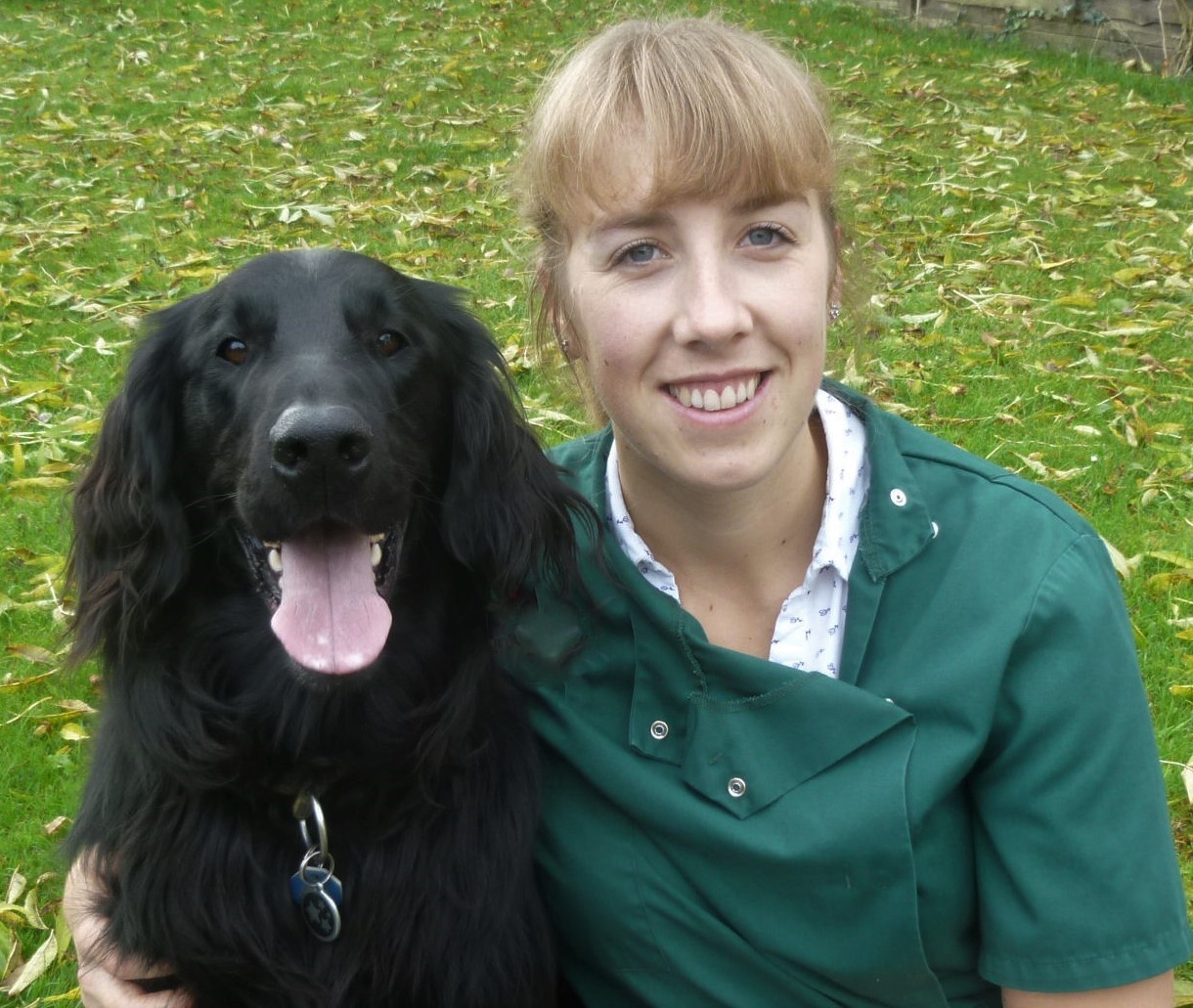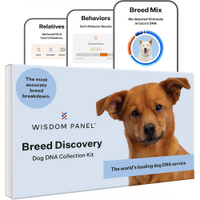‘Listening is not the dachshund’s strong point’: Learn more about the smart and sassy ‘sausage dogs’ with their tiny legs and big personalities
This breed can be controversial but nevertheless one of the most beloved dog breeds in the world


Life expectancy: 12 to 16 years
Size: 9-inches (standard); 6 inches (miniature);
Coat: Smooth, wirehaired or longhaired
Temperament: Playful, stubborn, independent, lively
Exercise needs: 30 minutes to an hour
Origin/native country: Germany
Dachshund means “badger dog” in German and that’s because they were bred to be small, low and capable of getting into burrows. But while they are the smallest of the hound breeds, they actually come in two sizes – one, the standard, being a little larger than the other (the miniature). These scent hounds also have different coat types and come in 15 different colors.
But while they are undoubtedly cute, as you’re about to see, they split opinion. There are those who absolutely adore them – dachshund owners who see all the positive things about the breed. And there are those who would be put off by the challenging aspects of dachshund ownership. But don’t make up your mind just yet. It’s time to see exactly what makes these dogs tick.
Why are dachshunds considered to be one of the worst breeds?
It sounds terrible to say but dachshunds are considered by some as one of the ‘worst breeds’ of dog you can own and there are a few reasons for this.
“Firstly, these little dogs are extremely prone to serious spinal problems, which can affect their quality of life and be expensive to manage,” says Dr MacMillan, and this is a major consideration when thinking about bringing a dachshund into your life.
It’s worth mentioning up front that PETA – the People for the Ethical Treatment of Animals – has gone as far as saying that “dachshunds are victims of ‘torture breeding’” – a bold statement indeed but a sentiment that is shared elsewhere. In 2024, the BBC reported that they would be banned from being bred in Germany but those reports were dismissed.
Still, dachshunds are also considered the “worst” for other reasons.
“Their personality can be a bit spiky at times,” says Dr MacMillan. “Many dachshunds are also well-bonded to their primary owner but can be wary of strangers. This attitude can lead to excessive barking issues, as well as separation anxiety. Training dachshunds can be challenging in many cases as well, because they seem to have a stubborn streak.”
PetsRadar Newsletter
Get the best advice, tips and top tech for your beloved Pets
Do Dachshunds need a lot of exercise?
Although they have bags of energy, dachshunds don’t require lengthy exercise sessions.
“Due to their body shape, dachshunds are not natural athletes,” says vet Dr Rebecca MacMillan. “But they still need a couple of 20 to 30-minute walks each day to keep them happy plus some gentle playtime.”
Given their long spines, however, you need to be careful you don’t push them too far and that means refraining from any exercise that is likely to put a lot of pressure on their back. Getting them to jump from heights is a definite no-no but don’t make them run fast, play rough games or force them to negotiate stairs on a regular basis either.
You should also protect this breed from the cold and ensure that you mentally stimulate a dachshund otherwise they can become bored. To that end, it’s worth trying some brain games for dogs and consider giving them the best dog puzzle toys.
Are dachshunds easy to train?
Dachshunds are usually a challenge and you really do need to start as early as you can to prevent bad habits taking hold.
“Training can be tricky, so patience and positive reinforcement are required,” says Dr MacMillan. “These little dogs were originally bred to work independently from their owner and are good at making their own decisions – I find that listening is not always their strong point!”
Indeed, it’s not and if there are any distractions then training becomes even harder. It’s best to train this breed away from potential small prey – the prey drive is strong among dachshunds so they’ll shoot off if they spot anything of interest. It’s also a good idea to learn how to reduce separation anxiety in dogs because they are among the dog breeds most likely to have separation anxiety. They will bark loud when they become over-attached and find you’re not around.

Do dachshunds make good family pets?
Not always. Their stubborn, independent nature and tendency to be lively and spirited means they can be overwhelming for some children, particularly very young ones. At the same time, they don’t always have the patience to deal with over inquisitive kids or anyone playing too roughly. That said, much depends on how well socialized they have been with children and animals, though.
“Some dachshunds may be fine with children, but certainly not all,” says Dr MacMillan. “Their small size means that they can easily feel threatened, which could lead to snapping. Due to their delicate backs, dachshunds also need careful handling, and rough or excitable children may lead to accidents.”
Do Dachshunds need a lot of grooming?
Some dachshunds need more maintenance than others – if you have one with a short coat, for instance, then you’ll have one of the most low maintenance dog breeds.
The longer the fur, the more frequently you will need to groom, however, so you could be brushing anywhere in between once-a-week to once every few days. You’ll need to ensure the long hair doesn’t matt or tangle.
Thankfully, dachshunds are only low to moderate shedders (again depending on their coat type). But it is constant.
“As with most dogs, dachshunds shed moderate amounts all year round,” says Dr MacMillan. “Regular brushing will help to reduce the amount of stray hairs found in your home.”
Wisdom Panel Breed Discovery DNA Kit | Amazon
Not sure exactly what breed your dog is? This kit screens for 365+ breeds – because knowing every detail about your dog helps you understand how best to care for them.
What are dachshunds' most common health problems?
Dachshunds might be one of the dog breeds that live the longest, but they are extremely prone to back problems, especially intervertebral disc disease (IVDD).
“In this condition, the normally gel-like cushions between the vertebrae of the spine age prematurely and become hardened and rigid. They will then slip or rupture, putting pressure on the nerves in the spinal cord,” says Dr MacMillan.
This causes pain and paralysis, with some dogs requiring spinal surgery to help correct things but that’s not the only concern. “In my experience, this breed is highly prone to dental disease so regular teeth brushing and oral care is required,” Dr MacMillan says. “Dachshunds are also at risk of obesity which can put extra pressure on their backs, further increasing their risk of spinal problems.”
Should I get a dachshund?
Dachshunds are hugely popular and, as one newspaper in the UK pointed out, they’re particularly loved by the upper middle class and A-list celebrities. And there are so many wonderful things in their favour. They’re lively, playful, mischievous and goofy and they are also one of the best dog breeds for apartments.
But they are tricky to train, loud and maybe too active for some. They can also be irritable and stubborn. Their health problems are well documented and they’re not always great with very young children. The choice is ultimately going to be a personal one.
Complete Guide to Dachshunds | Amazon
Using interviews with five top dachshund breeders, author Vanessa Richie has created an in-depth look at what it really takes to successfully live with, raise, and train a dachshund.
Want to learn more about this breed? Here are 32 things dachshund owners can relate to

Rebecca is a veterinary surgeon who graduated in 2009 from the Royal Veterinary College in London. She has a wealth of experience in first opinion small animal practice, having done a mixture of day-to-day routine work, on-call emergency duties and managerial roles over the years. Rebecca enjoys medicine in particular and she is proud to have recently achieved a BSAVA postgraduate certificate in small animal medicine (with commendation).
She writes on various feline and canine topics, including behavior, nutrition, and health. Outside of work and writing she enjoys walking her own dog, spending time with her young family and baking!
Edited by Georgia Guerin.
Recent updates
This feature was last updated on February 2025 by David Crookes.

David Crookes has been a journalist for almost 30 years and he has written for a host of magazines, newspapers, websites and books including the World of Animals Annual, BBC Earth, Live Science, The Independent and Tom’s Guide.
Born in England, he lives with two cats but he’s also keenly interested in the differences between the huge number of dog breeds – in fact, you can read many of his breed guides that he’s written in collaboration with vets here on PetsRadar.
With a lifelong passion for technology, too, he’s always on the lookout for useful devices that will allow people to keep their pets happier and healthier, and provide them more time to spend together.
David has a degree from Durham University, as well as postgraduate diploma in journalism from the University of Central Lancashire.


